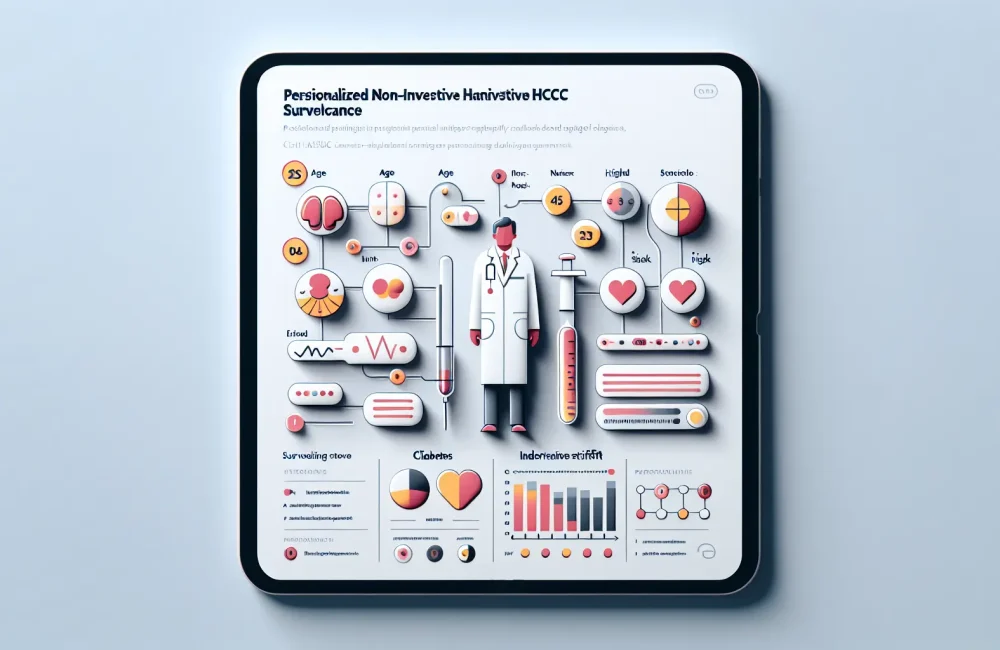By CAFMI AI From New England Journal of Medicine
Utility of Polygenic Risk Scores in Prostate Cancer Screening
Prostate cancer screening has historically depended primarily on prostate-specific antigen (PSA) testing, a method that, while helpful, often leads to overdiagnosis and overtreatment. Overdiagnosis refers to the detection of cancers that would not have caused symptoms or harm during a man’s lifetime, and overtreatment involves unnecessary medical interventions that carry their own risks and side effects. This has spurred interest in enhancing screening specificity to better identify men at high risk for clinically significant prostate cancer. In this context, polygenic risk scores (PRS)—which aggregate the small effects of multiple genetic variants associated with prostate cancer risk—have emerged as a promising tool for risk stratification. PRS leverages genetic information gleaned from numerous single nucleotide polymorphisms (SNPs), providing a quantitative measure of inherited risk that can augment traditional screening methods like PSA testing. The study under review evaluated the performance of a PRS in a large, population-based cohort of men to determine whether integrating genetic risk could improve prostate cancer detection and screening efficiency compared to PSA testing alone.
Clinical Implications of PRS Integration in Screening Protocols
The results demonstrated that the polygenic risk score could effectively stratify men into distinct risk categories for prostate cancer. Men in the highest quintile of the PRS distribution were shown to have a significantly increased risk of developing prostate cancer—and importantly, clinically significant forms of the disease—compared to men in the lowest quintile. Clinically significant prostate cancer is typically defined by factors such as higher Gleason scores or tumor stage that indicate aggressive disease requiring timely intervention. Incorporating PRS into screening protocols led to a notable improvement in the positive predictive value for detecting these aggressive cancers. This means fewer false positives and unnecessary prostate biopsies, a procedure with risks including pain, infection, and bleeding. The improved specificity could, therefore, reduce patient harm, psychological stress, and healthcare costs. For clinicians, this suggests a potential shift from a one-size-fits-all approach with PSA screening to a more personalized strategy that takes genetic risk into account when deciding who should undergo biopsy and how often men should be screened.
Future Directions and Challenges in PRS Implementation
Despite promising findings, several challenges remain before widespread clinical implementation of polygenic risk scores can occur. These include the need for validation in diverse populations since most PRS models have been developed primarily using data from individuals of European descent, which may limit their accuracy in other ethnic groups. Additionally, ethical considerations around genetic testing, data privacy, and potential disparities in access to genetic screening must be addressed. Future research aims to integrate PRS with other biomarkers and clinical factors to develop comprehensive risk prediction models. Advances in technology and decreasing costs of genetic testing could facilitate broader adoption. Ultimately, incorporating polygenic risk scores into routine prostate cancer screening has the potential to enhance early detection of aggressive disease, reduce overdiagnosis, and improve patient outcomes through more tailored preventive strategies.
Read The Original Publication Here






